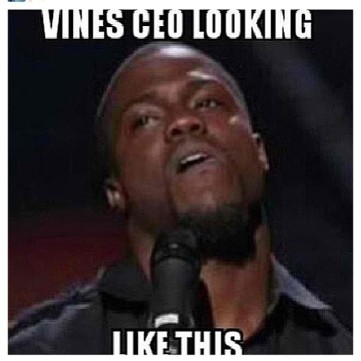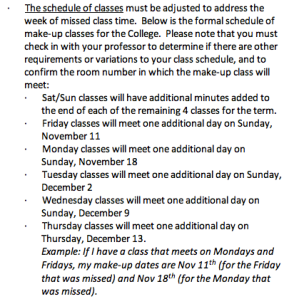Vine vs Instagram Video
Now that Instagram video has officially launched we’ve all heard the, in my opinion, hasty comments such as…”Vine is dead.” We’ve even seen the memes! But is it really? What makes Instagram video any better? Or worse? Or does it matter at all?
Let’s look at the major differences:
One of the most obvious differences is the video length. Vine, as we all know, limits videos to 6 seconds. Instagram’s new video function allows for 15 seconds. To the average user, this may seem like an improvement, and it can be argued as such. There’s much more room to get your message across, however, for the creative niche that Vine first acquired at its launch this isn’t a good deal. The 6 second limit allows for immense creativity when creating a Vine. When you create a super interesting, ridiculously creative video in 6 seconds it’s amazing. With 15 seconds isn’t it a tad less amazing? Also, let’s not only look at this from the creator’s view. From the consumer’s point of view 15 seconds might be too long. When it comes to social media our attention spans shorten every day!
The next notable difference are the Instagram video filters. Okay, okay, I cannot pretend that Instagram didn’t sell me with this one. I love filters and quite frankly so do most people with smart phones. The ability to make my videos that much more aesthetically pleasing makes me lean toward Instagram video a little more.
One of my favorite functions on Instagram video that Vine lacks is the ability to delete your last clip. I’m no film major and certainly no video expert in any way. I mess up A LOT when I’m trying to make my videos as cool as possible. It did indeed frustrate me when I had to start all over because my fraction of a second clip on Vine wasn’t exactly what I wanted. Instagram video gets a +1 for this addition!
Something less notable that I’ve noticed is that Instagram videos take a while to start playing while Vine videos play pretty much automatically. Not sure if it’s just my phone but I’d love to hear your thoughts.
Last but not least, Vine videos are embeddable! This is a big plus for people who want to post their videos on their websites or blogs for example. I’m not seeing this happen anytime soon for Instagram video.
Neither are ideal for me though, but I guess I’m a little picky.
Wishlist:
Drafts! Especially from a social media manager’s perspective. It’s hard to get these things approved when your client isn’t down the hall.
Which video app do you prefer?













